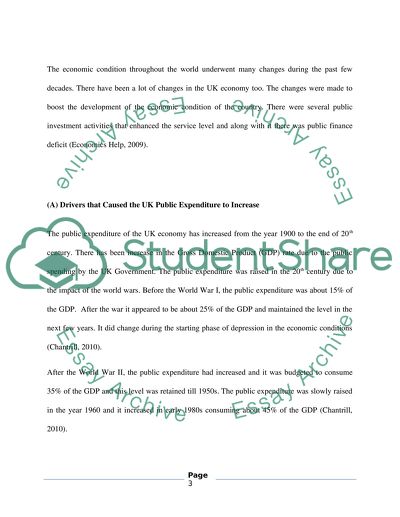Cite this document
(“Public Spending Essay Example | Topics and Well Written Essays - 1250 words”, n.d.)
Public Spending Essay Example | Topics and Well Written Essays - 1250 words. Retrieved from https://studentshare.org/miscellaneous/1574728-public-spending
Public Spending Essay Example | Topics and Well Written Essays - 1250 words. Retrieved from https://studentshare.org/miscellaneous/1574728-public-spending
(Public Spending Essay Example | Topics and Well Written Essays - 1250 Words)
Public Spending Essay Example | Topics and Well Written Essays - 1250 Words. https://studentshare.org/miscellaneous/1574728-public-spending.
Public Spending Essay Example | Topics and Well Written Essays - 1250 Words. https://studentshare.org/miscellaneous/1574728-public-spending.
“Public Spending Essay Example | Topics and Well Written Essays - 1250 Words”, n.d. https://studentshare.org/miscellaneous/1574728-public-spending.


